Just in case anyone is curious about how to repair a piece of laser-cut acrylic sheeting, (which I suspect is something similar to Lexan), this is what I did.
Since it appears that the kind of clear plastic acrylic used for the GoPiGo cannot be solvent-welded, (at least not with the selection of solvents I have), and since this stuff is one of a very few things that crazy-glue won’t stick to, I had to find another way. Research on the web lead to one inescapable solution - epoxy.
Having used epoxies before, (I really should write an article here on adhesives), I knew that for the best and strongest bond, I wanted to use a “slow-setting” epoxy. (Fast setting epoxies like “5 minute epoxy” often provide a relatively “brittle” joint and are not really suitable for flexing or torsion loads.)
The epoxy I used here was some “J-B Weld” two-part epoxy. Other slow-setting two-part epoxies, (like Poxi-Pol in Europe), can also be used.
I particularly like J-B Weld because the two parts are different colors - black and white - which helps you to know when they are thoroughly mixed. This is especially important - and is one of the reasons I’m not particularly fond of “five-minute” clear epoxies - you can’t tell if they’re fully mixed.
I then glooped some on both sides of the broken edges, placed them down on a slick, shiny piece of paper, and pressed them together being careful to keep them both flat, aligned, and tightly pressed together. You will get some “ooze-out” which can be trimmed later.
After the epoxy had cured for about a day, I removed it from the paper - then I removed the paper from the epoxy - and trimmed off the excess with a sharp razor-knife.
After smoothing things off the best I could, I trimmed the excess from the internal slot and re-drilled two mounting holes that had become filled.
The result is shown below. The black marks are alignment marks for holes I needed to drill in Charlie’s replacement base-plate to fit the custom additional add-ons that were installed.
I haven’t tried bending it across my knee, but some simple torsion tests lead me to believe that this will be quite sufficient if I ever need to replace Charlie’s base-plate again.
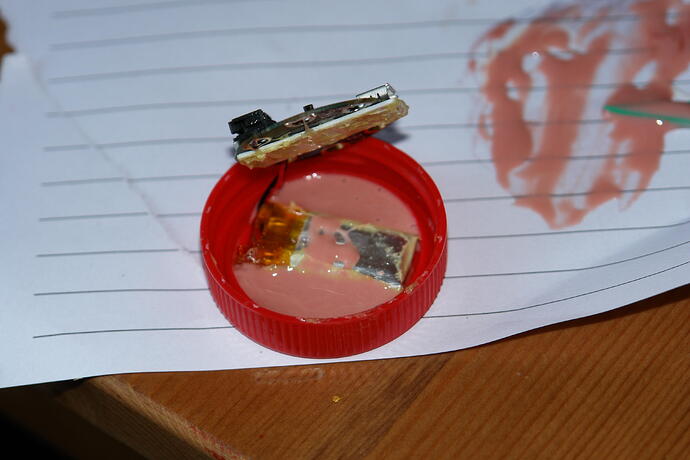
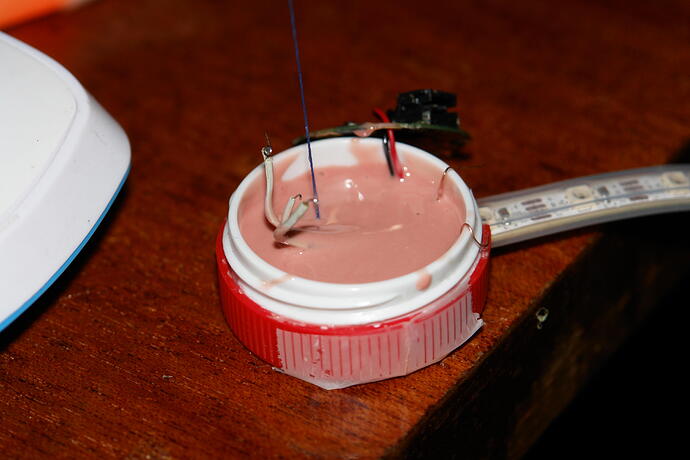

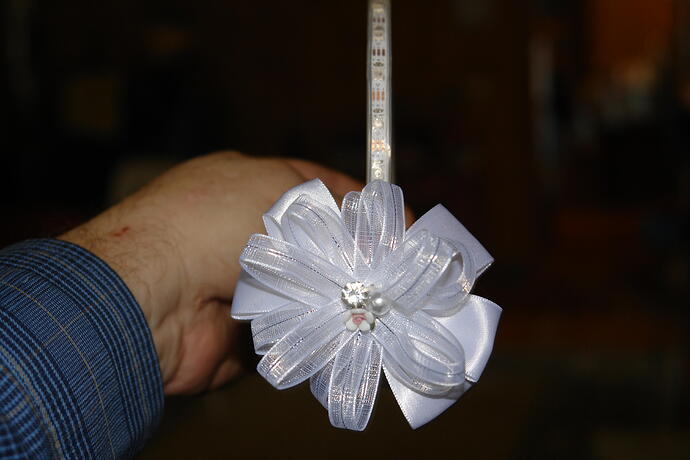
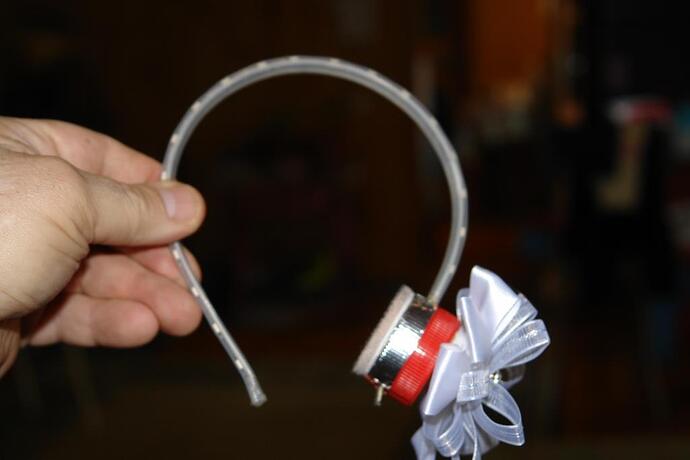
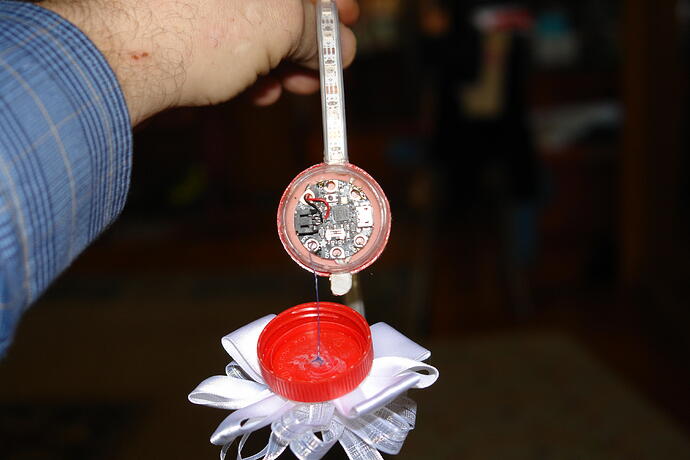
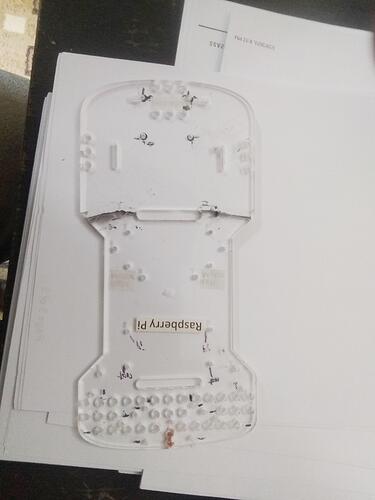
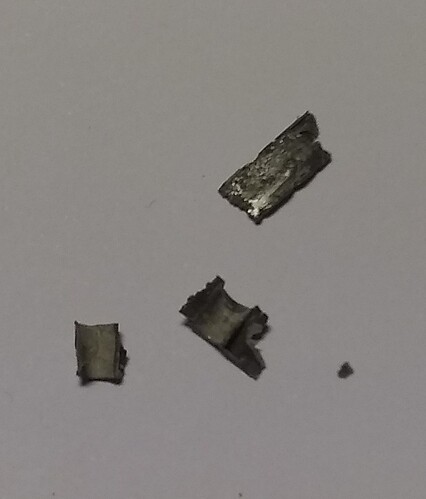
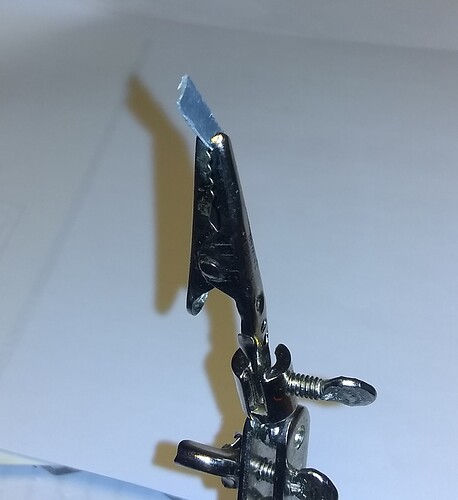
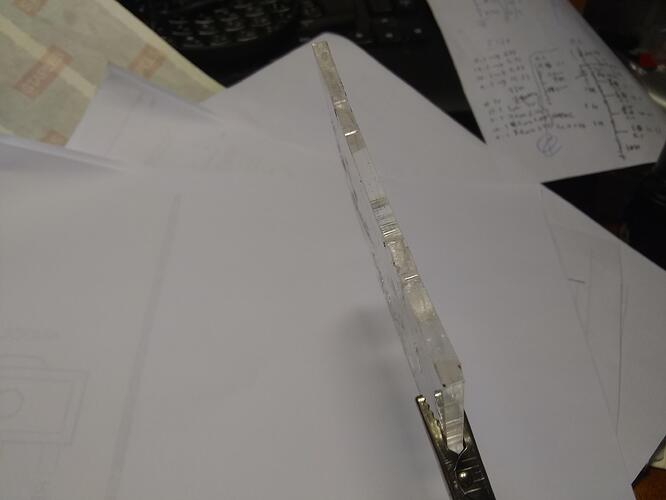



 )
)


